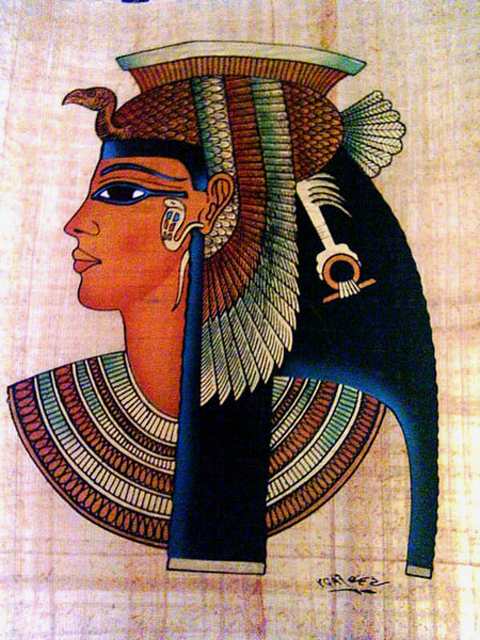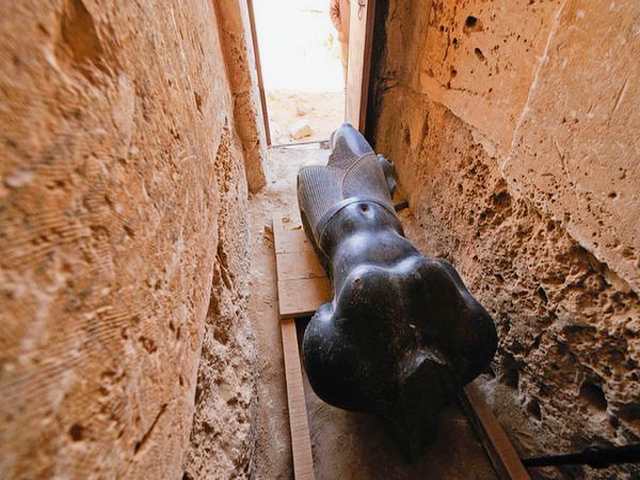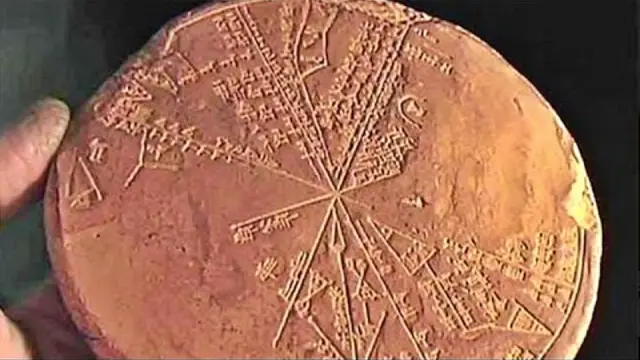Tomb of Cleopatra and Mark Antony: In the quest to unravel an age-old mystery, archaeologists are gearing up for excavations at Egyptian sites next week. The enigma in question? The elusive final resting place of the legendary lovers Cleopatra and Mark Antony, a historical puzzle that has perplexed scholars for centuries.
Key Points
The Supreme Council of Antiquities in Egypt revealed plans to explore three specific locations within a temple where the tombs of Cleopatra, the celebrated queen of Egypt, and Mark Antony, the Roman general, might be concealed. The temple, situated near the Mediterranean Sea close to the northern coastal city of Alexandria, bears the name Taposiris Magna and was constructed during the reign of King Ptolemy II (282-246 B.C.).
Last year’s discoveries at the temple included the alabaster head of a Cleopatra statue, 22 coins featuring Cleopatra’s likeness, and a mask believed to belong to Mark Antony. These findings, along with the identification of three potential burial sites during a recent radar survey, have fueled the anticipation surrounding the upcoming excavations.
Teams from both Egypt and the Dominican Republic have been diligently exploring the temple for the past three years. Inside, they uncovered a series of deep shafts, three of which are speculated to have served as burial sites. The hypothesis is that Cleopatra and Mark Antony may rest in a similar shaft within the temple’s confines.

Historical accounts narrate the tragic end of the lovers in 30 B.C. following their defeat in the battle of Actium. Mark Antony reportedly took his own life with a sword, while Cleopatra is said to have met her demise by clasping a poisonous asp to her chest.
Despite the intriguing prospects, skepticism persists among some scholars. John Baines, an Egyptologist from Oxford University, questions the association between the temple and the illustrious couple, particularly considering Augustus, the victor over Antony, and his choice of burial grounds.
Zahi Hawass, Egypt’s preeminent archaeologist, dismissed a recent theory suggesting Cleopatra’s lack of attractiveness. The discovered Cleopatra statue and coins, featuring an alluring visage, counter arguments claiming she was “quite ugly.” According to Hawass, the artifacts from Taposiris exude charm, dispelling notions of Cleopatra’s supposed lack of attractiveness.
Tomb of Cleopatra and Mark Antony
Excavations near Alexandria have not only unveiled a previously unknown large cemetery outside the temple but have also yielded 27 tombs, including 10 mummies. The architectural style of these tombs, dating back to the Greco-Roman period, hints at their historical significance. The presence of such a cemetery further raises the tantalizing possibility that a person of importance, potentially of royal stature, may be interred within the temple’s precincts. The upcoming excavations hold the promise of shedding light on the fabled love story and the ultimate resting place of Cleopatra and Mark Antony.
History: Who is Cleopatra?

Cleopatra, the iconic Queen of the Ptolemaic Kingdom of Egypt, left an indelible mark on ancient history through her political acumen, strategic alliances, and enduring legacy. Born into the Ptolemaic dynasty, a line of rulers descended from the Ancient Greek general Ptolemy, Cleopatra ascended to power amidst the complexities of Egyptian politics. The ambitious young queen navigated a tumultuous path, contending with the challenges posed by her brother Ptolemy XIII Theos Philopator, whom she ultimately ousted to secure her position. Notably, Cleopatra strategically aligned herself with powerful Roman leaders to safeguard Egypt’s interests, forming romantic entanglements with Julius Caesar and later, Mark Antony.
The saga of Cleopatra and Mark Antony, immortalized by William Shakespeare and depicted in the film starring Elizabeth Taylor and Richard Burton, underscores the queen’s political prowess. Their alliance, though romantically charged, was rooted in strategic calculations aimed at consolidating power in the face of Roman influence. Cleopatra’s relationships with these Roman leaders, along with her marriage to Ptolemy XIV, reflected her commitment to preserving Egypt’s autonomy and stability.
The lineage of Cleopatra is equally intriguing, extending beyond her political alliances. Born to Ptolemy XII Auletes, Cleopatra’s children included Caesarion, her son with Julius Caesar, and offspring from her union with Mark Antony—Alexander Helios, Cleopatra Selene II, and Ptolemy Philadelphus. This familial network, intricately woven into the fabric of ancient history, further solidified Cleopatra’s influence and the enduring impact of the Ptolemaic dynasty.
As a mother, Cleopatra faced the challenge of securing a stable future for her progeny amid the ever-shifting sands of political alliances and rivalries. The fate of her children, heirs to the Ptolemaic legacy, became entangled in the aftermath of her relationship with Mark Antony. The complex dynamics of power struggles and alliances led to both triumphs and tragedies within the Ptolemaic lineage, reflecting the intricate tapestry of ancient Egyptian history.
Cleopatra’s dynasty extended its reach not only through political maneuvering but also through the cultural and intellectual landscape of the time. The queen, known for her linguistic prowess and fluency in multiple languages, including Ancient Greek, played a pivotal role in fostering intellectual exchange and cultural amalgamation. Her court became a hub for scholars, poets, and philosophers, contributing to the flourishing of arts and knowledge during her reign.
Despite Cleopatra‘s enduring influence, her life ultimately took a tragic turn. The Battle of Actium in 31 B.C., where Cleopatra and Mark Antony faced defeat, marked the beginning of the end for the Ptolemaic dynasty. The queen, facing the imminent capture by Octavian (later known as Augustus), chose a dramatic end, sealing her fate by clasping a poisonous asp to her chest.
In the annals of history, Cleopatra’s story resonates as a testament to the intricate interplay between personal relationships, political machinations, and the inexorable march of time. Her legacy endures not only through the architectural wonders of Alexandria and the remnants of the Ptolemaic era but also in the echoes of her political strategies that shaped the destiny of Egypt. Cleopatra, the last pharaoh of Egypt, remains an enigmatic figure whose life and choices continue to captivate the imagination of scholars, historians, and enthusiasts alike.



















